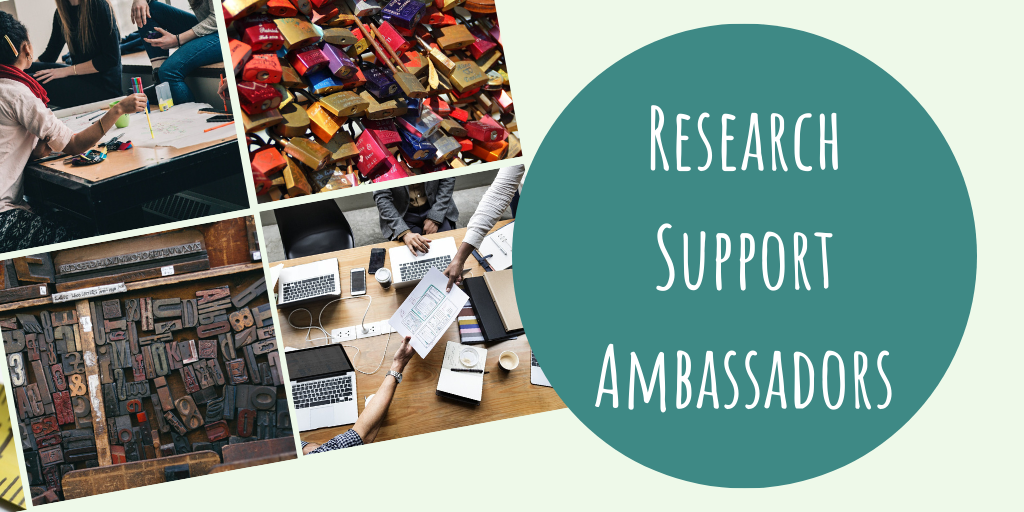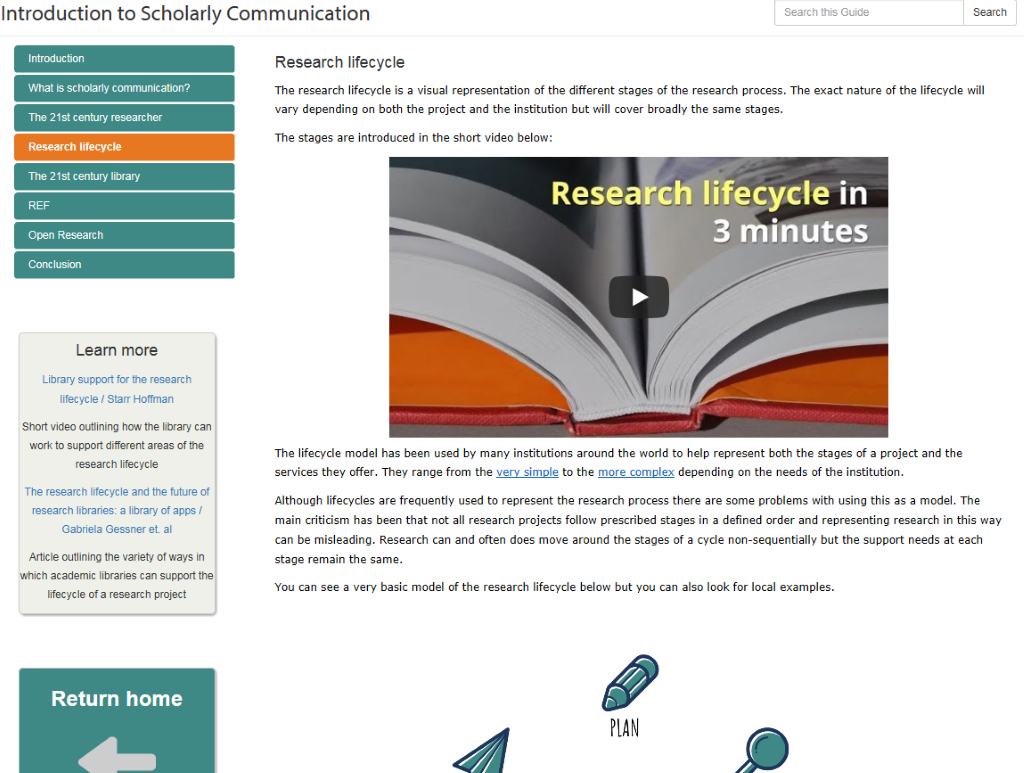Copyright is a crucial topic in the Humanities because researchers in several disciplines (especially history of art, my field of study) rely on images for their work and because publishers usually require authors to pay copyright holders for permission to reproduce those images – failure to do so would make the author and the publisher liable for copyright infringement.
At the OSC Symposium last 2nd October 2019 (Open Access Monographs: From Policy to Reality), Dr Nicola Kozicharow’s presentation on ‘Open Research Publishing in the Humanities’ made quite an impact on the discussions of the day. This early career historian of art, specialised in 19th– and 20th-century European and Russian art, talked about the challenge of publishing when third-party image copyright is involved. She detailed the difficult and sometimes grotesque situations that she and her contributor faced when publishing her first co-edited book Open Access, tracking down image copyright holders and paying exorbitant reproduction fees (1).
Not many academics outside the Arts and Humanities know about the invisible labour and material cost involved when working with images. Researchers struggle to find images on various heritage institutions’ websites (or GLAMs, as we call them – i.e. galleries, libraries, archives and museums), and pay to obtain digital images ‘for private use’ when the original work is unavailable or located too far. They often end up paying again in order to re-use those images when publishing their research. Even more frustrating is the lack of consistency between different institutions with regard to the amount of the fees and to the exemptions granted. If you beg the museum repeatedly and reach out to curators, you may have a small chance to have your permission fees waived (but still often in return for providing a free copy of your book/article). However, when sales department/companies act as intermediaries between researchers and museums, this kind of trick is most likely to fail, and the chances of opening the discussion about the absurdities of the fees get even slimmer. In 2018, Bridgeman Images, one of those ‘Image companies’, obtained the exclusive right of selling and licensing all images from Italian national museums, which was catastrophic news for art history (see their statement here).
The situation feels even more unacceptable when it concerns out-of-copyright works of art. In this case, heritage institutions in fact do not own copyright over the work as it has fallen in the public domain. Most GLAMs, however, manage to keep control of these works’ images by banning photography (the famous ‘no photo’ policies in permanent collections or temporary exhibitions) and by creating copyright by making their own photograph of the work that they subsequently sell to researchers.
An article by medieval art historian Kathryn M. Rudy published in Times Higher Education (also quoted by Kozicharow at the symposium) is a good example (2). There, Rudy detailed specific examples she encountered in her career and broke down the (shockingly high) real cost of working with images – she claims that the fees to publish images for her academic work since 2011 total £24,000 from her own pocket.* “The more successful I am, the poorer I get”, she says. The article went viral on academic Twitter networks and retweets and comments shine a light on the fact that many scholars face similar problems – one user ironically pointed out that it would be much cheaper to include with each book sold a packet of postcards from the museum than paying their prohibitive reproduction fees! (@winchester_books).
This thorny issue of image copyright permissions in research publications is sadly not new. In the last couple of years, however, historians of art in the UK have succeeded to keep the issue at the front of the public debate. Back in 2017, an ‘End-fees-for-images’ campaign was started by Dr Bendor Grosvenor and Dr Richard Stephen. Along with 28 leading British art historians, they openly called for UK national museums to abolish image fees for out of copyright works of art in a letter published in The Times (3). Many other researchers in the field quickly added their names to this call through a petition on change.org. This campaign was supported in parallel by Grosvenor’s blog, Art History News – his strong presence in the media as a BBC4 presenter and on social media (@arthistorynews) also helped to promote the campaign.
This campaign revealed that there are in fact tools in the UK’s legal arsenal that art historians could use to limit fees. The 2015 Re-Use of Public Sector Information Regulations (RPSI), for instance, which “prevents publicly funded bodies from commercialising public assets” including publicly owned pieces of art. These regulations “do allow image fees to be charged, but only to cover the actual costs involved, and a very small ‘profit’”(4). They remain, however, very little used and barely known – both by researchers and museums. Interestingly, during the OSC’s Open Access Monographs symposium, it was also brought up that ‘fair dealing’ exceptions to copyright by way of quotation for the purpose of ‘criticism or review’ have not often been used by researchers and applied to visual material (5). Both RPSI and ‘fair dealing’ by quotation are in the end quite complex legal tools and, understandably, no art historians nor their publishers want to take the risk of a court case. We also have to take into account the wish of scholars to preserve good relationships with national heritage institutions in the UK – as images are their primary materials, their academic work depends on it entirely!
During the Open Access Monograph symposium, the comment was made that this issue of high image reproduction fees as a barrier to Open Access publication was a misconception – that the real problem was instead about wider ‘digital’ and ‘online’ issues. However, the fact remains that permission fees are much higher if the image falls into the following categories (often used in image permission fees forms): ‘worldwide’, ‘online’, and ‘freely available’. How is this supposed to encourage researchers in the art and humanities to publish their research Open Access? We could, however, also frame the issue in a more positive way – what if Open Access itself could help humanities researchers deal with images better? Dr Kozicharow acknowledged the great support she received from Open Book Publishers (OBP) in allowing her to reproduce as many colour images she needed for her book. Kathryn M. Rudy, in her recent book also published with OBP, was able to display images in an innovative way (6). In order to contain costs, when images were already widely available, she instead added links on stable GLAMs websites – even QR codes in the case of the printed edition! Perhaps art historians should see open access publishing as a good opportunity to find innovative ways to think about solutions for images. Of course, there remains the problem of how Open Access is perceived in the Humanities, open access books not being sufficiently reviewed and often not deemed legitimate enough in the process of securing permanent positions and promotions – but this is a separate issue.
What would be needed to help with image permission costs in art and humanities publishing?
In light of the growing requirements for open access publications, there should be better financial provisions to support researchers from universities and funding bodies. A recent report on Open Access from the Universities UK Open Access and Monographs Group, however, shows that there is a growing acknowledgement of the impossible situation faced by specific disciplines who rely on third-party material when publishing – such as history of art or archaeology. The UUK OA Monographs group notably recommended that “Given the already complex nature and expense of re-use clearance for illustrations and other third-party rights material in books, and the additional complexity and expense introduced by OA, an exception should be considered in any OA policy for books that require significant use of third-party rights materials” (7).
Most of all, cultural heritage institutions have to do better. It does not seem unreasonable to be able to reproduce an image for free with the appropriate credit to the institution when a work of art is in the public domain. Some institutions worldwide have already started making their image collections open access or at least free of copyright fees for researcher’s publications. For example, Gallica, the Bibliothèque Nationale de France’s digital library, just changed its policy in favour of the latter. Positive changes such as these, that benefit the public and research, are being recorded and supported by the excellent Open GLAM initiative, funded by the European Commission. The new EU copyright directive (provided it can apply after Brexit?) should give the final push to get there, as it will allow free re-use of images of works of art in the public domain, even for commercial purposes.
Published 25 October 2019
Written by Dr Lorraine de la Verpillière

*Correction: The £24,000 figure in fact corresponds to fees Rudy paid to obtain the high-res image files for her academic work since 2011. The figure gets even higher when including the said images copyright fees – in the same article, she mentions for instance a £5,683 invoice from the Bodleian for the reproduction cost of her next book.
If you are a researcher at Cambridge University and need more information about third-party copyright, the following resources are for you:
Libguides
Architecture & History of Art: Copyright and plagiarism
Copyright helpdesk: email copyright-help@lib.cam.ac.uk
Face-to-face training sessions [available to Cambridge University only]
Copyright: a survival guide (for PhD students in Humanities, Arts and Social Sciences)
Do You Really Own Your Research? Copyright, Collaboration, and Creative Commons
Your faculty or department may also run bespoke sessions, asking your librarian is the best way to find out.
References
(1) Louise Hardiman and Nicola Kozicharow, Modernism and the Spiritual in Russian Art: New Perspectives. Cambridge, UK: Open Book Publishers, 2017, https://doi.org/10.11647/OBP.0115
(2) Kathryn M. Rudy, ‘The true costs of research and publishing’, Times Higher Education, August 29 2019 (Url: https://www.timeshighereducation.com/features/true-costs-research-and-publishing#survey-answer)
(3) Matthew Moore, ‘Museum fees are killing art history, say academics’, The Times, November 6 2017 (Url: https://www.thetimes.co.uk/edition/news/museum-fees-are-killing-art-history-say-academics-qhfwmdws6 accessed: 10/10/2019)
(4) Bendor Grosvenor, ‘Why museums should abolish image fees (ctd.)’, Art History News blog, August 20 2018 (Url: https://www.arthistorynews.com/articles/5241_Why_museums_should_abolish_image_fees_(ctd.) accessed: 10/10/2019)
(5) Amendments to the The Copyright, Designs and Patents Act 1988 in the UK law since 2014, http://www.legislation.gov.uk/uksi/2014/2356/regulation/3/made
(6) Kathryn M. Rudy. Image, Knife, and Gluepot: Early Assemblage in Manuscript and Print. Cambridge, UK: Open Book Publishers, 2019, https://doi.org/10.11647/OBP.0145
(7) Universities UK Open Access and Monographs Group, ‘Third-party rights’, in Open access and monographs evidence review, October 2019, p. 10-12 (PDF: https://www.universitiesuk.ac.uk/policy-and-analysis/reports/Documents/2019/UUK-Open-Access-Evidence-Review.pdf accessed 13/10/2019).



